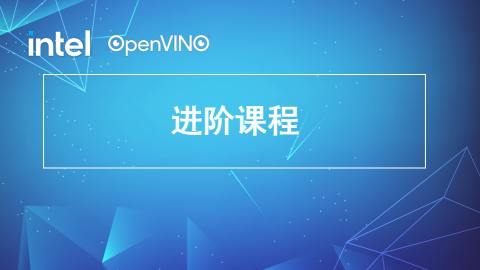TensorFlow2-Tensor数据类型
- list: [1,1.2,'hello'] ,存储图片占用内存非常大
- np.array,存成一个静态数组,但是numpy在深度学习之前就出现了,所以不适合深度学习
- tf.Tensor,为了弥补numpy的缺点,更多的是为了深度学习而生
- tensor:
- scalar:标量,1.1
- vector:向量,[1.1],[1.1,2.2,...]
- matrix: 矩阵,[[1.1,2.2],[3.3,4.4]]
- tensor:rank>2
- 数据类型:
- Int, float, double
- bool
- string
- 定义tensor
tf.constant(1) # 定义常量,普通的tensor
tf.constant(1.) # 定义常量,普通的tensor
tf.constant([True, False]) # 定义常量,普通的tensor
tf.constant('hello nick')属性
with tf.device('cpu'):
a = tf.constant([1])
with tf.device('gpu'):
b = tf.constant([1])
a.device # 设备属性
a.gpu() # cpu转gpu
a.numpy() # 获取numpy数据类型
a.shape # 获取a的属性
a.ndim # 获取维度
tf.rank(a) # 获取维度
a.name # 1.+历史遗留问题数据类型判断
instance(a,tf.Tensor) # 判断是否为tensor
tf.is_tensor(a) # 判断是否为tensor
a.dtype,b.dtype,c.dtype # 判断数据类型数据类型转换
a = np.arange(5)
aa = tf.convert_to_tensor(a,dtype=tf.int32) # numpy转tensor
tf.cast(aa,dtype=tf.float32) # tensor之间数据类型转换
# int --》 bool
b = tf.constant([0,1])
tf.cast(b,dtype=tf.bool) # int --》bool
# tf.Variable
a = tf.range(5)
b = tf.Variable(a) # tensor转为Variable后具有求导的特性,即自动记录a的梯度相关信息
b.name # Variable:0
b = tf.Variable(a, name='input_data')
b.name # input_data:0
b.trainable # True
isinstance(b,tf.Tensor) # False
isinstance(b,tf.Variable) # True
tf.is_tensor(b) # True # 推荐使用tensor转numpy
a= tf.range(5)
a.numpy()
# a必须是scalar
a = tf.ones([])
a.numpy()
int(a)
float(a)内容来源于网络如有侵权请私信删除
- 还没有人评论,欢迎说说您的想法!




 客服
客服


